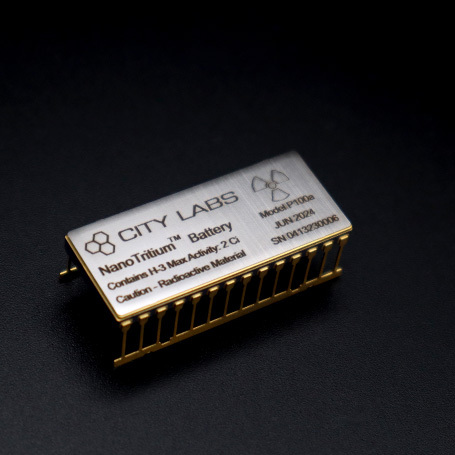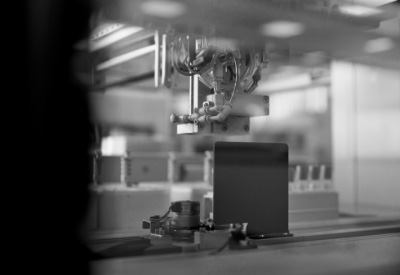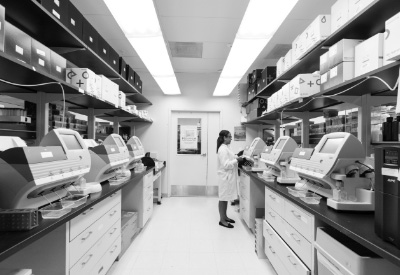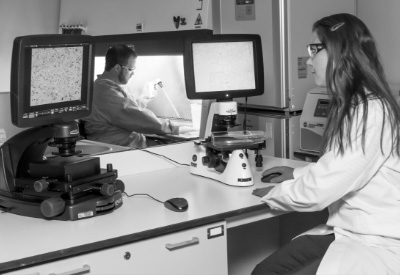As industries increasingly look toward greener technologies, batteries face growing scrutiny, not just for how they store energy, but for the long-term environmental impact they leave behind.
For truly sustainable energy systems, it’s not enough for power sources to be compact or high-performing. They must also be efficient over their entire lifecycle, from the materials they use to the waste they generate at the end of their service life.
At City Labs, sustainability isn’t just a buzzword—it’s a design principle. Our NanoTritium™ batteries are engineered to deliver decades of continuous, maintenance-free power while minimizing ecological impact at every step.
Defining Sustainability in Battery Design
Sustainability in batteries involves more than using eco-friendly materials. It requires a holistic view of their full environmental footprint—from sourcing and production, to how long they last, and how they are disposed of.
Most commercial batteries today, especially lithium-ion types, must be replaced every few years. These replacements generate waste, consume additional resources, and often require complex logistics for servicing or recycling.
NanoTritium™ batteries break this cycle. Designed to last over 20 years, they offer a power solution that reduces e-waste and resource consumption. By eliminating the need for charging infrastructure, replacement cycles, and regular maintenance, these batteries align with the goals of low-impact, high-efficiency electronics.
Tritium: A Clean, Reliable Energy Source
At the core of NanoTritium™ batteries is tritium, a rare hydrogen isotope that emits low-energy beta particles as it decays. This process—called betavoltaic conversion—allows the battery to generate a consistent trickle of electricity for decades without any external power input.
Unlike radioisotopes that emit high-energy gamma or alpha radiation, tritium’s beta particles are low-energy and can be safely contained. Tritium doesn’t generate heat, doesn’t combust, and doesn’t require heavy shielding. As a result, it’s ideally suited for small-scale, embedded applications where safety and durability are paramount.
Tritium can also be sourced as a byproduct of nuclear reactor operations and fusion research, making it a recyclable and scalable clean energy material. In fact, City Labs is exploring future possibilities for tritium recovery and recycling, which could further extend the sustainability of this energy source. Its use in NanoTritium™ batteries allows for the generation of nuclear-powered electricity without emissions or environmental contamination.
Waste Reduction Through Long-Term Use
One of the biggest sources of waste in modern battery systems is premature failure or planned obsolescence. Devices powered by short-lived batteries must either be recharged frequently or serviced regularly, adding to carbon emissions, labor costs, and environmental waste streams.
Because NanoTritium™ batteries can last over two decades without any recharging or maintenance, they dramatically reduce the number of batteries that need to be produced, transported, and eventually discarded. Over the life of a device, this translates to fewer battery changes, less packaging waste, and a lower overall footprint for power infrastructure.
This advantage is particularly important in systems deployed in remote, difficult-to-access, or environmentally sensitive areas, such as satellites, medical implants, deep-sea monitors, or polar research equipment. Once deployed, these devices can operate continuously without the environmental cost of servicing.
A Solid-State, Low-Impact Design
NanoTritium™ batteries are completely solid-state, meaning they contain no moving parts or liquid electrolytes. This gives them several environmental and practical advantages.
First, there is no risk of chemical leakage or combustion, even under physical stress or extreme temperatures. Second, solid-state components are more resistant to damage from shock, vibration, and radiation, reducing the chance of device failure and associated waste.
From a manufacturing perspective, solid-state batteries also avoid many of the toxic or rare-earth materials used in conventional chemistries, such as cobalt or lithium. While they do contain tritium, the isotope is sealed in a hermetically closed system and safely depletes over time, leaving a non-toxic, inactive end product.
This design is particularly valuable for environmentally sensitive applications, such as wildlife tracking, underwater monitoring, or field-deployed climate sensors, where device failure could lead to contamination or require risky recovery efforts.
Passive Efficiency and Energy Independence
Sustainability isn’t just about waste reduction—it’s also about energy efficiency over time. Many off-grid systems rely on energy harvesting technologies like solar panels or vibration-based generators, but these can be intermittent, weather-dependent, or inefficient at micro-watt scales.
NanoTritium™ batteries, on the other hand, generate steady, passive power without needing sunlight, movement, or recharging. Their betavoltaic process works in complete darkness, deep space, underwater, or high-radiation zones. This self-contained energy generation enables truly autonomous systems that don’t draw power from the grid or require external energy inputs.
This reliability and autonomy translate to both operational resilience and environmental sustainability for use cases like emergency communication beacons, long-duration data loggers, or secure memory backups.
End-of-Life Impact
Unlike lithium-ion batteries, which may swell, combust, or leak toxic materials after their useful life, NanoTritium™ batteries fade gradually and remain stable and inert even after power output tapers off. Their internal tritium source decays predictably and becomes non-radioactive over time.
This ensures that disposal is simple, safe, and low-risk, without conventional batteries’ complex handling or recycling challenges. As a result, these batteries contribute to a closed, minimal-impact lifecycle aligned with global goals for sustainable electronic design.
Sustainability Without Compromise
Building a sustainable battery isn’t just about what goes into it—it’s about how long it lasts, how it performs, and what happens when it’s done. With their decades-long lifespan, low-waste profile, and clean, passive energy generation, NanoTritium™ batteries offer a powerful example of how innovation and environmental responsibility can go hand in hand.
Whether powering deep-space sensors, remote infrastructure, or life-critical medical devices, City Labs’ batteries prove that long-term reliability and sustainability aren’t mutually exclusive—they’re inseparable.
Interested in joining us on our mission? Contact us today.









